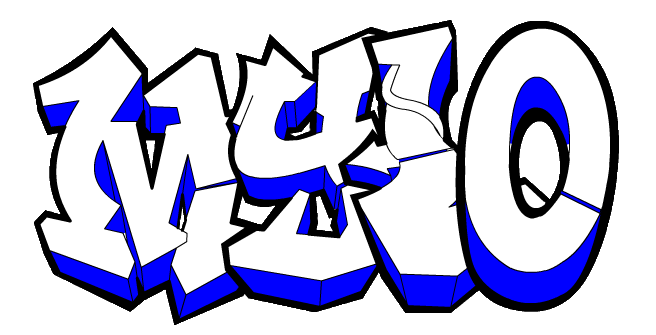The design process i'll talk about is the creation of my final piece for my foundation course, in which I created three large illustrations (shown above). The design process starts with a self-thought title in which I choose '
Perception Of People'. From your title you start to generate ideas through artist research developing to research on your subject which then generates idea development, finalising into a final piece. My specific design process is some what different i think as i knew what I wanted to produce from the outset. Therefore instead of looking for ideas to prove a certain idea, I create evidence to back up my point portrayed in the image. As a foundation project it is generally sketchbook based. My sketchbook contained my specific way of working, this being; sketching, but mainly illustration using tonal imagery focusing on shadow and body form to portray my ideas. My sketchbook itself was extremely collage based, in which my quite pin-point work rested on top as the evidence. Where I got my marks was through my connection between my piece and my work. Going back to my piece '
Perception Of People' it represents how in modern society people rule certain stereotypes off for either their appearance, weight, colour, race etc. I feel I choose three main stereotypes, a black man, a fat man and an anorexic woman. Society holds in areas a strong racial opinion of black people, when in actual fact they are exactly the same as us. Alot of people in society would automatically turn their nose up at a fat/anorexic person, why? They are still people. So this was my thinking process. The connection came from my design process in which I first started looking at artists that portrayed these ideas such as Cindy Sherman and Gillian Wearing. This gave me ideas for stereotypes in society which i then studied. I narrowed off the ones i felt most strongly about by developing the original idea leading to the ones in my piece and started to draw ideas up, looking back at my research as i went, eventually leading to what you see as the final piece. The reason the three are separate, is the idea that they have been singled out. In summary, my design process is mainly sketch based, but there is a broad collection of research that backs up a certain idea. That is the main way i have worked so far to date.








